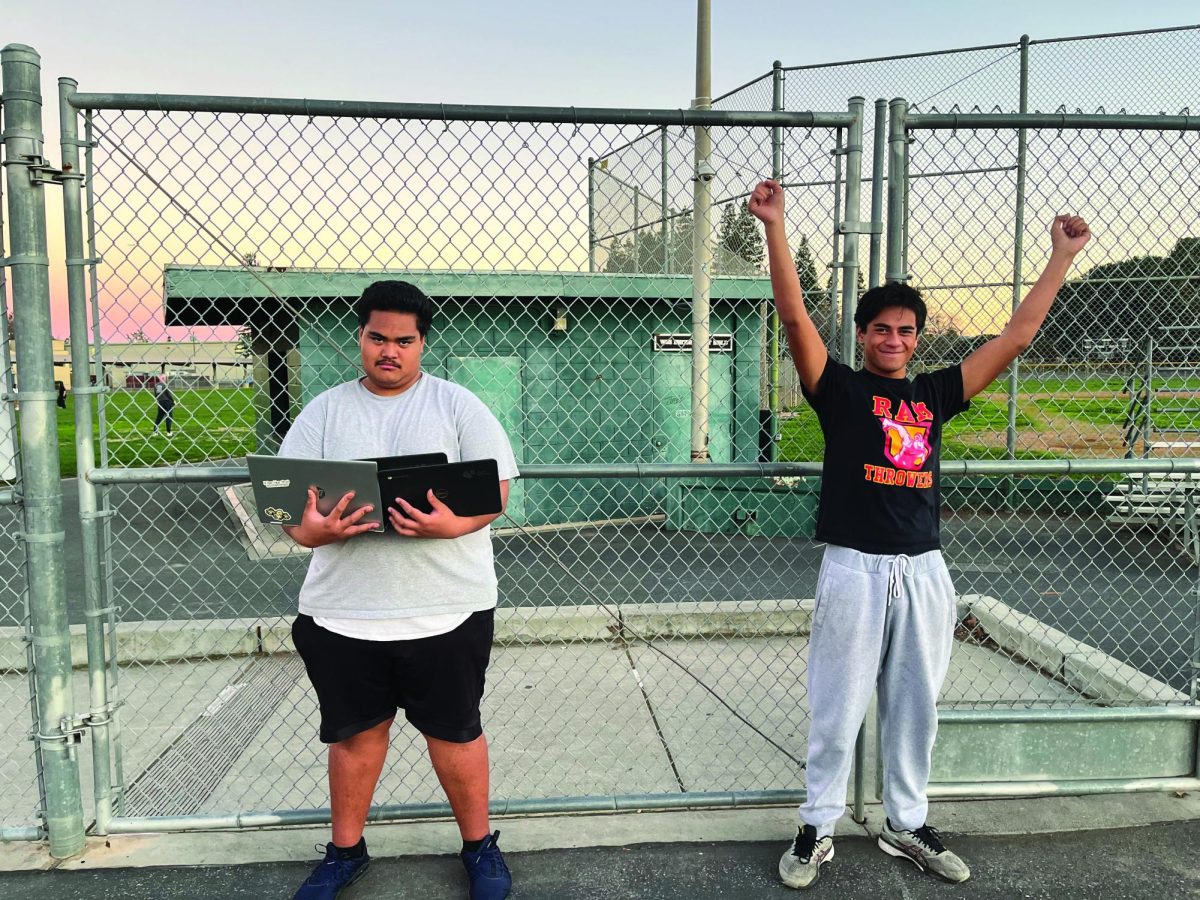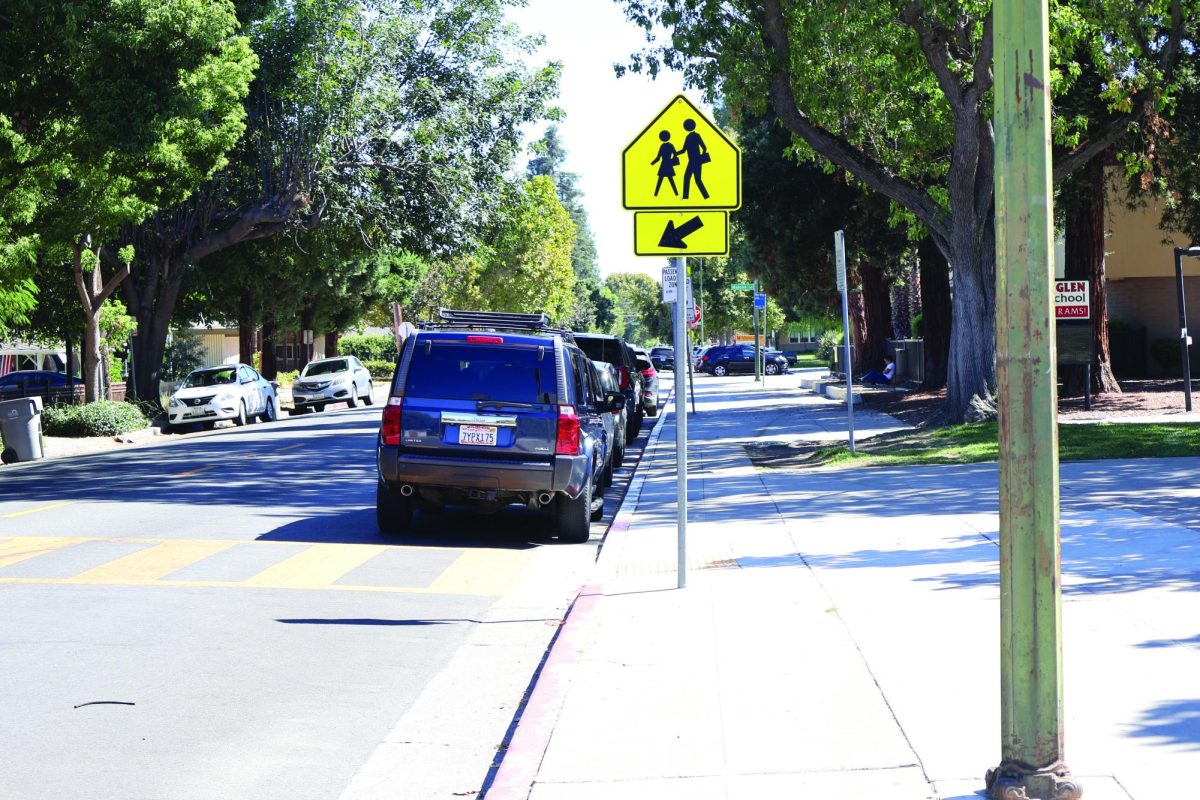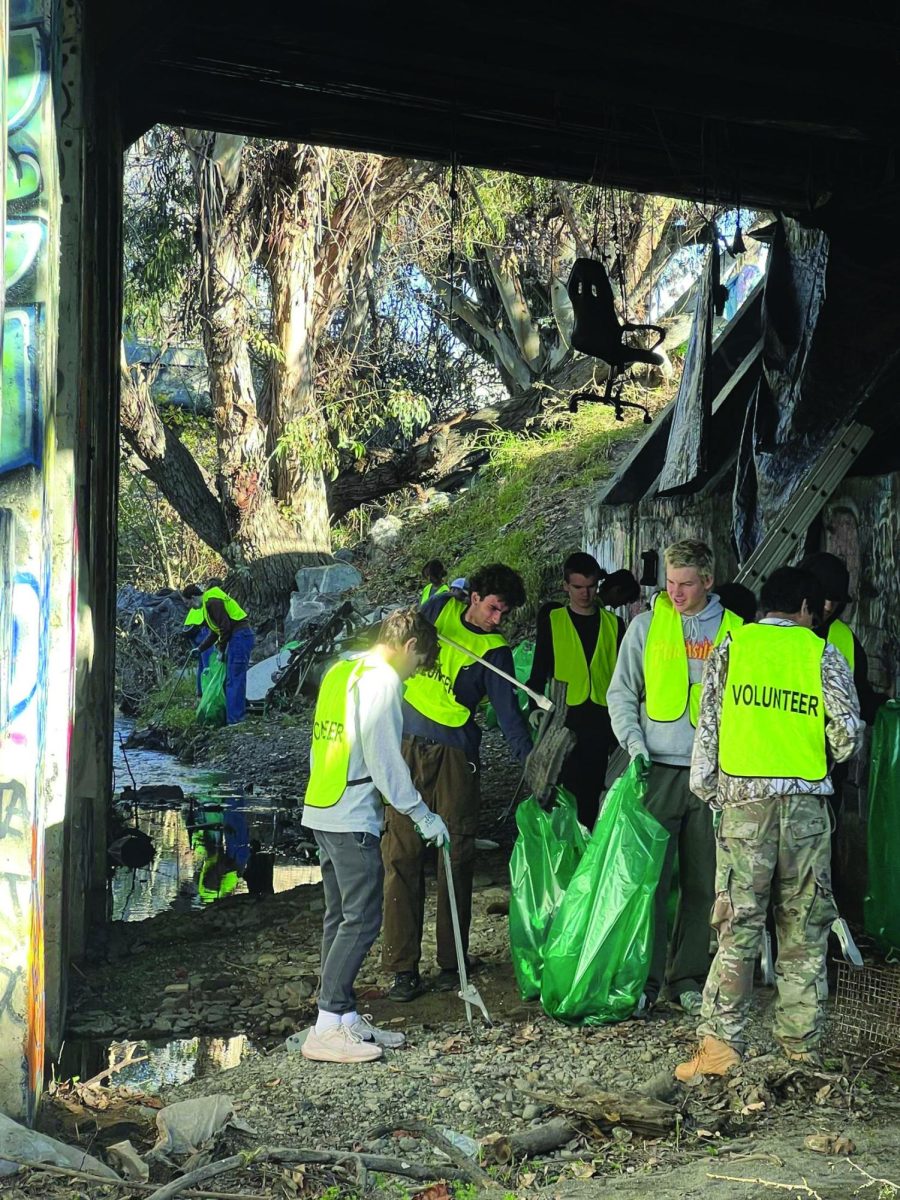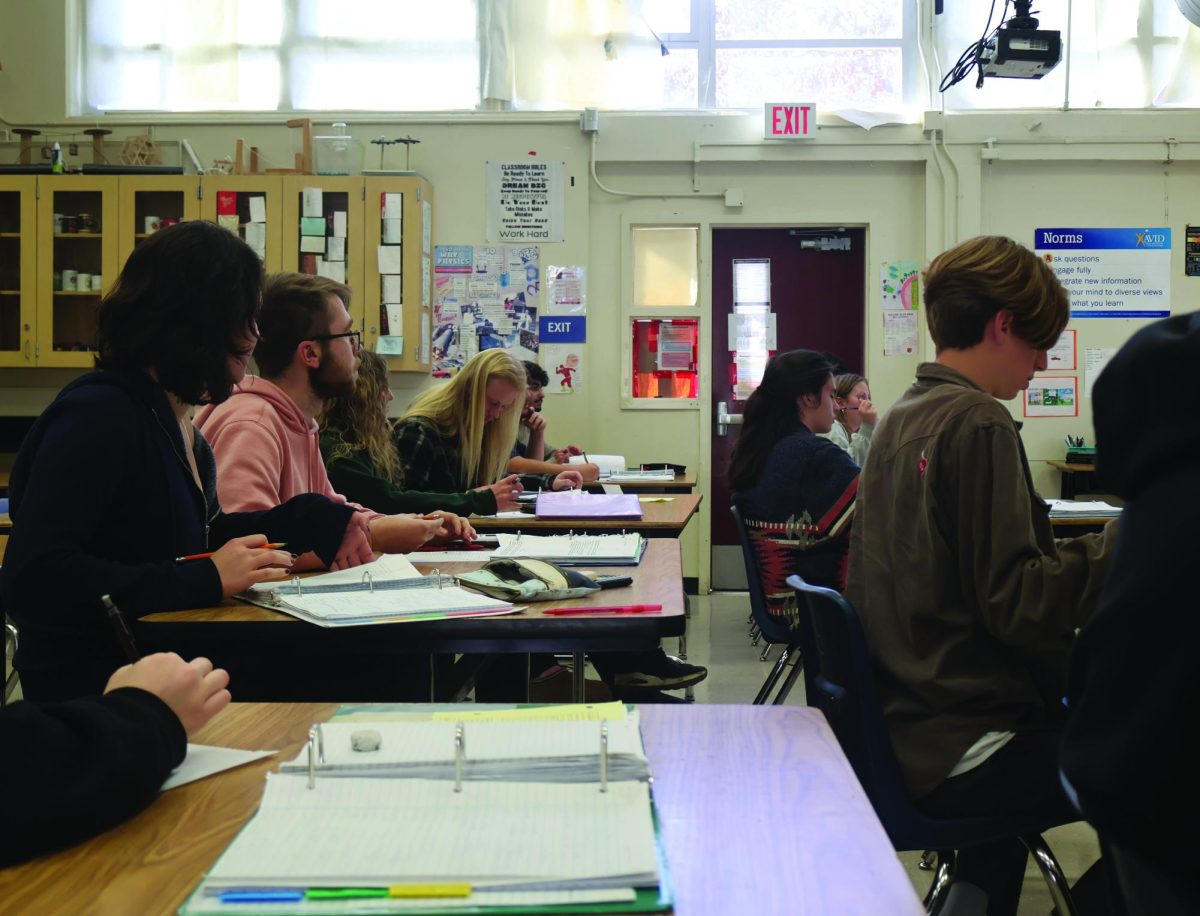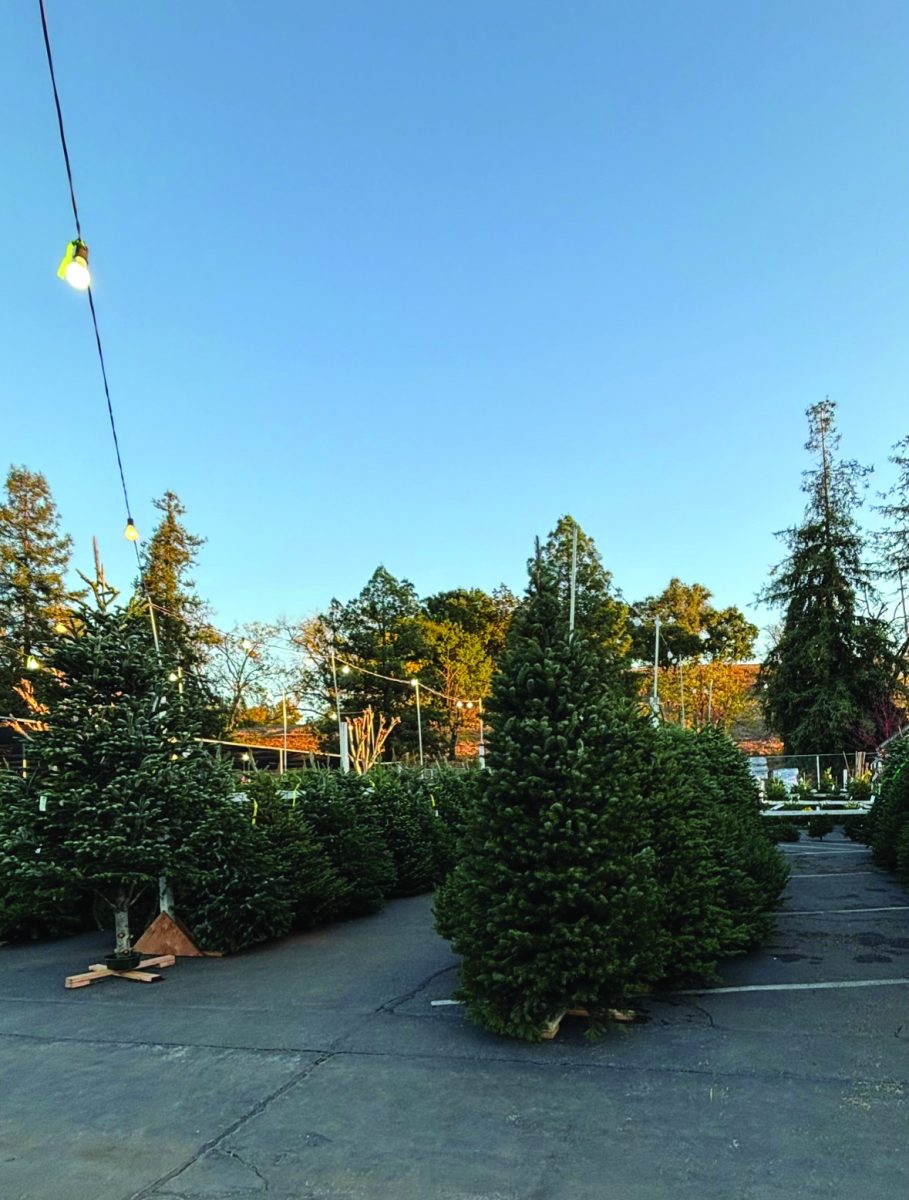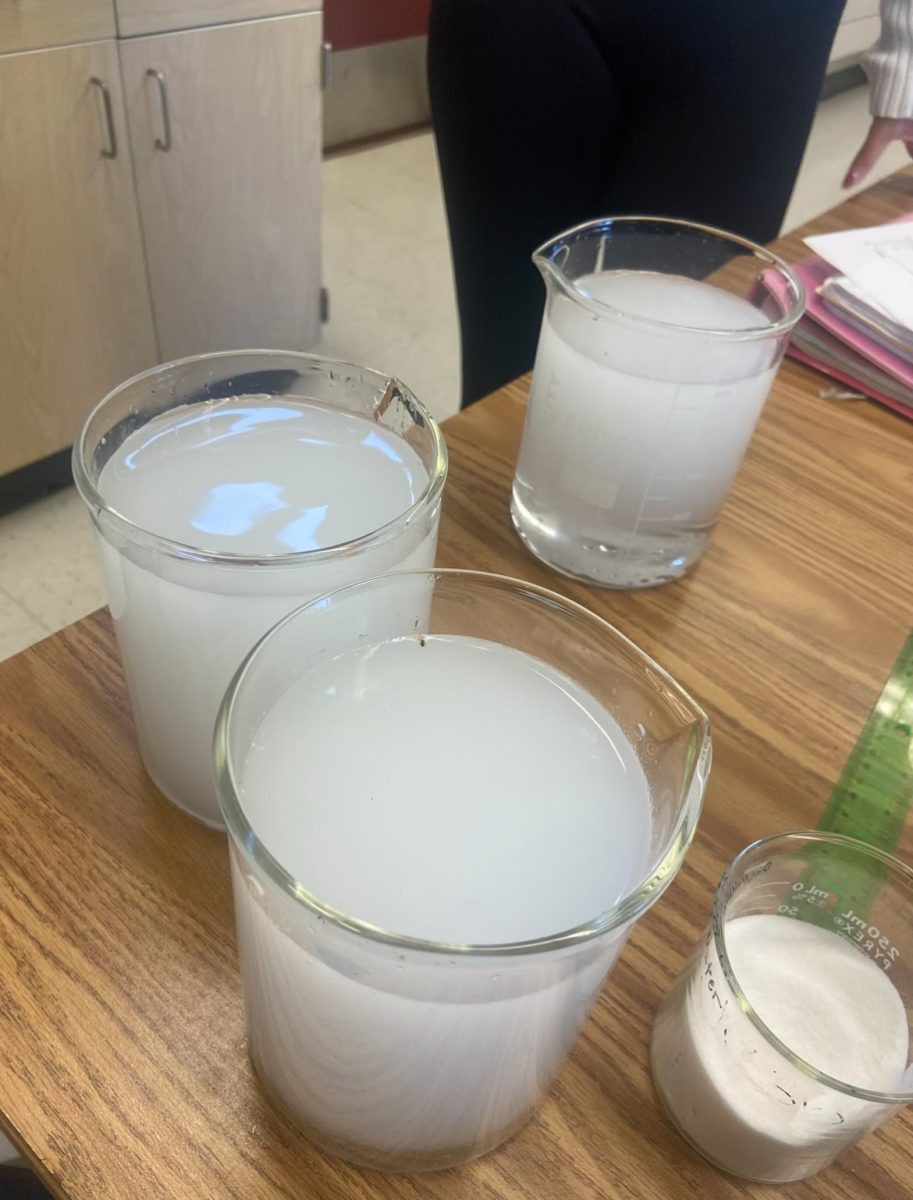If Willow Glen students know anything, it’s not to “drink out of the water fountains,” as Principal Amy Hanna emphasized, as she was approached with students’ concerns surrounding campus water quality. This unease similar to what Ms. Hanna feels is an ongoing joke extending to the rest of Willow Glen High School’s campus community. In particular, the student population has expressed their avoidance of drinking water from the school’s fountains unless absolutely necessary.
Some of these students are involved in athletics, from all sorts of sports ranging from golf to cross country and even swimming. When discussing student-athletes such as them, or even the huge underclass population currently enrolled in physical education, water quality is a particularly pressing issue. The strenuous nature of these activities calls for students to have access to clean drinking water. However, with campus fountain water looking the way it does—with some students describing it as “opaque”, “foggy”, or the ever concerning “milky”—how can we be sure that these students are getting this clean water access that they need?
Unfortunately, there are situations in which dirty water can be more than just an unpleasant taste. In 2014 in Flint, Michigan, the city changed the location from which their water was supplied. The switch caused lead corrosion in the city’s pipes and this dangerous element leached into their water. This is concerning because lead is extremely harmful to individuals whose bodies are still developing, especially children under six years of age. During the city of Flint’s water crisis, some children were screened for exposure, and among those who were, around a quarter of them showed elevated levels of lead in their blood. For these youth, lead poisoning meant rashes, hyperactivity, increased emotional agitation, and what is surely the most concerning for young children, learning delays.
Recently, students of Willow Glen High School’s journalism class performed tests on water sourced from campus fountains. These students went into their investigation expecting to find a shocking result informing them of an obvious and pernicious culprit, which had been polluting campus water. Unfortunately for them, they found absolutely nothing out of the ordinary. Luckily for Willow Glen’s community, the test removed any suspicions of lead or other harmful substances that could be damaging campus water and the population drinking it.
Despite the results, there is still the unanswered question of why the school’s fountain water appears and even tastes abnormal. But it seems an explanation is not so out of reach as students believe it is. Every year, San Jose Water releases an annual report. This includes the mineral breakdown of tests they’ve performed and a map of the city’s water sourcing. If someone felt so inclined as to access 2022’s report online, they would find that central San Jose—where Willow Glen High School is located—gets its water from underground wells. Unlike mountain runoff and other surface water sources, well water is known to be high in hardness. Hardness in water is caused by the proximity to and running through limestone and chalk deposits, which in part end up in the water. However, hard water should not be anything to be concerned about. It is natural and to be expected for the large region in San Jose that is dependent on underground water sourcing. It is not harmful to drink and it should be noted that hard water even possesses potential health benefits.
The simple explanation to campus water concerns may have to do with limescale (calcium carbonate) buildups in pipes and faucets, which corrode into the water itself. These deposits are caused by hard water and may explain the white appearance of campus water. Another such justification may simply be an excess of oxygen bubbles in the water because of the high pressure in the pipes.
Whatever is behind the not-so-desirable looks and taste of drinking fountain water at Willow Glen High School, it is not a danger to the safety of anyone who drinks it. To those especially bothered by the campus’s hard water, consider installing hard water filters or softeners at home. As for on-campus, it is not realistic that the district can invest in removing something so natural from all district campus locations, and this should not be considered a very pressing endeavor.
